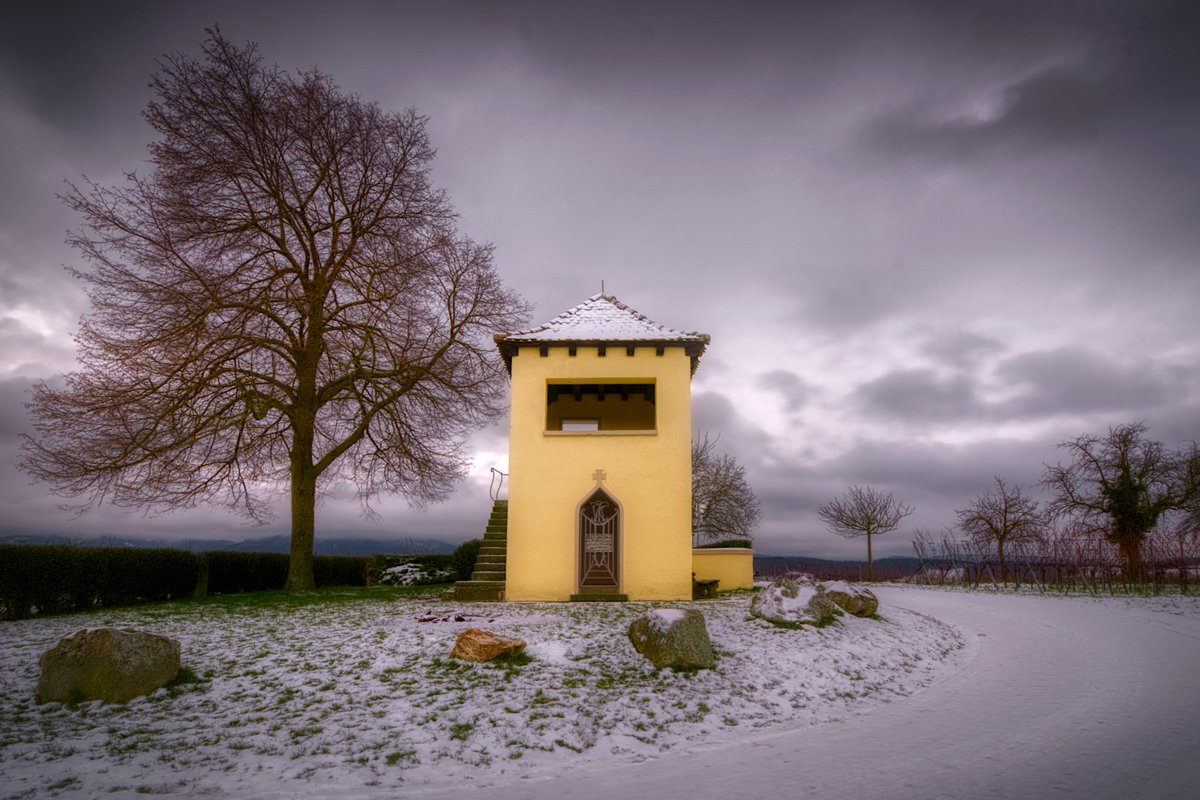Hoping to catch this @GlosHistFest Spring Festival talk next weekend about the German Empire: https://www.gloucesterhistoryfestival.co.uk/events/blood-and-iron-germany-1871-1918/">https://www.gloucesterhistoryfestival.co.uk/events/bl...
Memorial to the German Empire& #39;s Jäger-Regiment zu Pferde Nr. 5. It stands in the foothills of the Black Forest near Müllheim, south-west Germany, looking forlornly across the Rhine to it& #39;s pre-war home of Mülhausen in Elsass, today the French town of Mulhouse in Alsace.
Alsace is beautiful. Pre-historically Celtic, it became part of the Roman Empire during Caesar& #39;s conquest of Gaul 58BC. With the fall of the Western Roman Empire in the early-5th century it was occupied by the Germanic Alemanni, from whom the French derive the name for Germany.
It soon became part of the Frankish kingdom, then in the 9th century became part of the Alemannic Duchy of Swabia, one of the five stem duchies of the Holy Roman Empire, from which the future Germany was to emerge.
Alsace remained a Germanic territory until the 17th century, during which the wars of Louis XIII and Louis XIV (the Sun King) resulted in Alsace becoming a French territory.
With German victory over the French in the Franco-Prussian War of 1870–1871, Alsace became an imperial territory in the newly unified German Empire.
Alsace returned to French control after allied victory over Germany in the First World War. Although never officially annexed by the nazis during the Second World War, it was merged with the German state of Baden. It returned to French control at the end of the Second World War.
Having escaped the ravages of war that destroyed large parts of Germany, Alsatian towns such as Strasbourg, Colmar and Mulhouse are great places to find Renaissance German architecture, and a German dialect closely related to Swiss German remains a minority language.

 Read on Twitter
Read on Twitter


